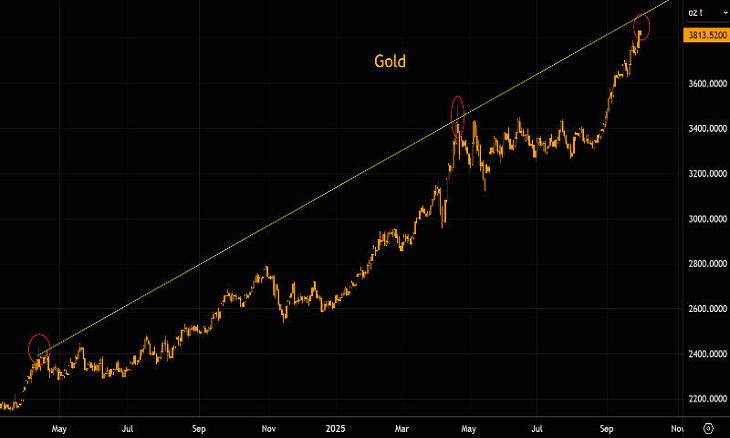As GLP-1 weight-loss medications such as Ozempic (semaglutide) grow in popularity, dermatologists and aesthetic practitioners are raising alarm about a collateral effect: the phenomenon now colloquially dubbed “Ozempic face.” Rapid weight loss through these drugs may accelerate facial volume loss, resulting in sagging skin, hollow cheeks, deeper lines, and an aged appearance.
What Is “Ozempic Face”?
“Ozempic face” is not a formal medical diagnosis, but a term increasingly used to describe a set of visible facial changes arising during rapid fat loss in the face. Some of the hallmarks include:
- Hollow or sunken cheeks, temples, or under-eye areas
- Pronounced nasolabial folds and marionette lines
- Sagging or loose jawline skin and jowls
- Increased wrinkles, especially around the eyes, forehead, and mouth
- Thinner lips or elongation of the upper lip
- Loss of facial fullness, with underlying bones becoming more visible
- Unmasking of muscles (such as the platysma) in the lower face and neck
In short: the face can look older than one’s chronological age.
Why Does It Happen?
The underlying mechanism is that much of facial youthfulness depends on fat pads, collagen, elastin, and muscle tone in the soft tissues of the face. As patients lose weight—particularly quickly—some of that soft-tissue volume shrinks. One study cited by the article estimated that for every 22 pounds lost, people may lose about 7% of their facial volume, especially from mid-facial fat pads around the cheeks, nose, mouth, and temples.
Additionally, rapid weight loss can alter nutrient balance: deficiencies in fatty acids, vitamins, and proteins can impair collagen and elastin integrity, weakening skin’s structural support. GLP-1 drugs also may alter the skin barrier and contribute to dryness or dullness.
Interestingly, clinical trials of GLP-1 receptor agonists rarely include facial fat loss as a reported adverse effect, so many prescribing doctors may not inform patients ahead of time.
Who Is at Risk — and When?
Anyone undergoing significant or rapid weight loss is more vulnerable. Dermatologists note that the changes seen in “Ozempic face” are similar to those seen in other rapid weight loss scenarios (for example, after bariatric surgery).
The degree of change correlates with the amount and speed of weight lost: losing a few pounds may have modest impact, but large, rapid losses tend to produce more marked facial aging effects.
Because aging itself causes collagen and elastin loss, combining aging and fast fat loss can magnify the visual effects.
Can It Be Treated or Prevented?
Experts offer both preventive strategies and corrective options:
Prevention / mitigation:
- Slow the pace of weight loss: A more gradual approach allows skin and tissues to adapt.
- Nutrient-rich diet: Emphasize protein, vitamin C, antioxidants, essential fatty acids, and mineral-rich foods to support skin and connective tissue health.
- Skin care and lifestyle: Use gentle cleansing and retinol or collagen-stimulating agents, avoid excessive sun exposure and smoking, stay well hydrated, manage stress and sleep.
- Facial exercises (facial workouts): Some practitioners teach routines targeting facial muscles to help preserve muscle tone and counter soft tissue sagging. For example, spa specialist Carole Maggio teaches 13 facial exercises (about 14 minutes daily) aimed at lifting various facial zones.
Corrective / restorative options:
- Fillers (injectables): Hyaluronic acid, calcium hydroxylapatite, or biostimulatory fillers can restore lost volume. Some last 6–18 months; others stimulate collagen to last longer (2–3 years or more).
- Biostimulating agents (e.g. Poly-L-lactic acid / Sculptra): These stimulate one’s own collagen formation and are often favored for more durable effects.
- Autologous fat grafting: Fat harvested from another body area can be purified and injected into the face for a more natural, long-lasting result. However, continuing weight loss may cause resorption.
- Facelifts / surgery: These tighten skin but do not add volume, so they are often combined with fillers or fat grafting. Surgeons often recommend waiting until weight stabilizes before surgical approaches.
What You Should Watch — and Ask Your Provider
If you’re considering or already using GLP-1 medications for weight loss:
- Monitor facial changes: Take photos periodically to notice early signs of volume loss.
- Talk to your physician and dermatologist: Ask whether your weight loss plan might be moderated or supplemented to minimize adverse facial effects.
- Plan for maintenance: If you anticipate achieving significant weight loss, consider a post-loss facial plan (fillers, nutrition, skin support).
- Set realistic expectations: Some degree of facial change may be inevitable, and outcomes of corrective procedures can vary.
Bottom Line
The phenomenon dubbed “Ozempic face” underscores a lesser-known side effect of aggressive weight loss: accelerated loss of facial volume, which can make people look older than their gains would suggest. While the benefits of GLP-1 drugs in managing weight and metabolic health are considerable, it’s important to deploy them thoughtfully, with awareness of downstream aesthetic effects.
If you’re using—or planning to use—these medications, it’s wise to consult both your prescribing physician and a skin specialist to anticipate and manage any facial impacts.





